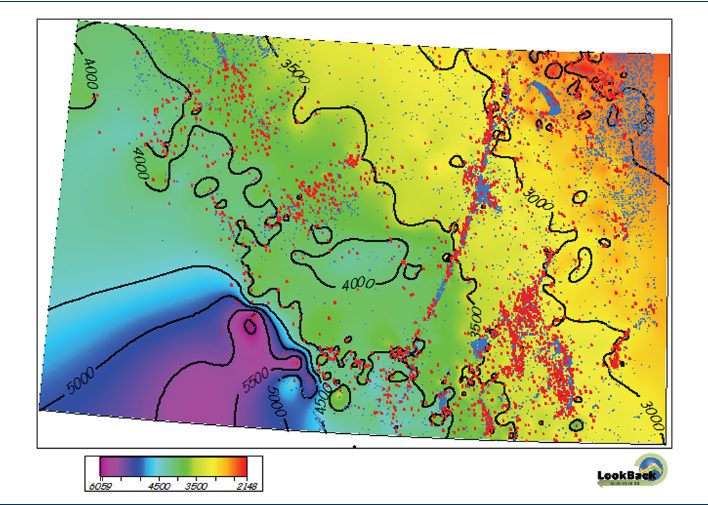In this month’s article, Robert Pickering discusses the value of extracting the applying velocity information from Sonic Log data to improve the accuracy of your depth conversion. This encompasses some of the issues you may encounter with your data that will require you to perform additional steps to appropriately condition the logs, so they are then valid for use as part of your depth conversion workflow.
As Robert writes:
“Sonic data recorded in deviated boreholes are not candidates for direct depth conversion because, for directional reasons, deviation requires redefinition of the velocity vector. However, such wells do have an associated true vertical depth (TVD) and therefore, incorporation of such data in the final geological depth map is essential”.
Log data processing involves:
- Edit for null values and values approaching zero.
- Neutralize the effects of tool travel speed and borehole conditions on the recorded interval transit times (as effects due to travel speed and borehole conditions can occur simultaneously, such effects cannot individually be corrected, neutralization is the only option).
- Calculate velocity (replacement) and 2WT from the seismic reference data (SRD) to the shallowest sonic log recording.
VelPAK (Kingdom) and Velit (Petrel) will assist you in leveraging your Sonic Log Data to find an optimal function to describe the velocity changes for a given interval, as described by the sonic log. Our software works with vertical wells and deviated wells, which follow the process of comparing the formation top depth marker in the well, with the depth converted time grid. This provides you with an understanding of the residual difference between the two points as an indicator of how well the function is predicting depth for your model.
We hope you enjoy reading about the whole range of different inversion methods discussed in the article. If you’re a seasoned geophysicist and you have time to write an article in the fields of depth conversion or seismic inversion to help the wider geoscience community, then please get in touch here.

